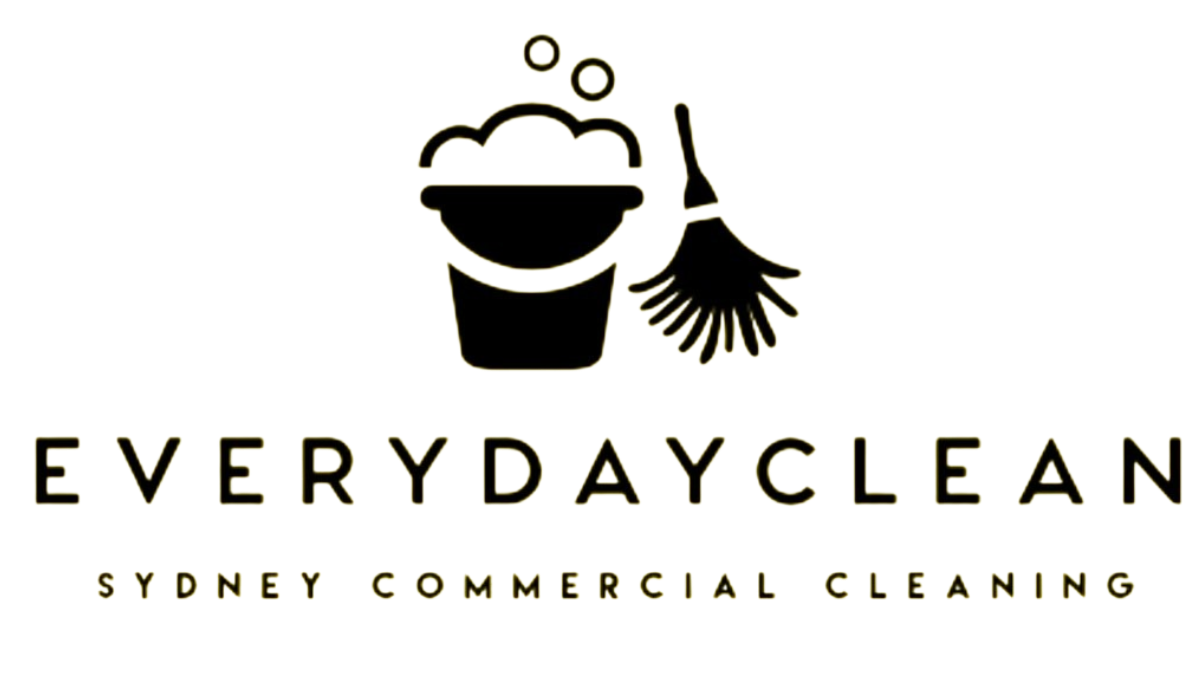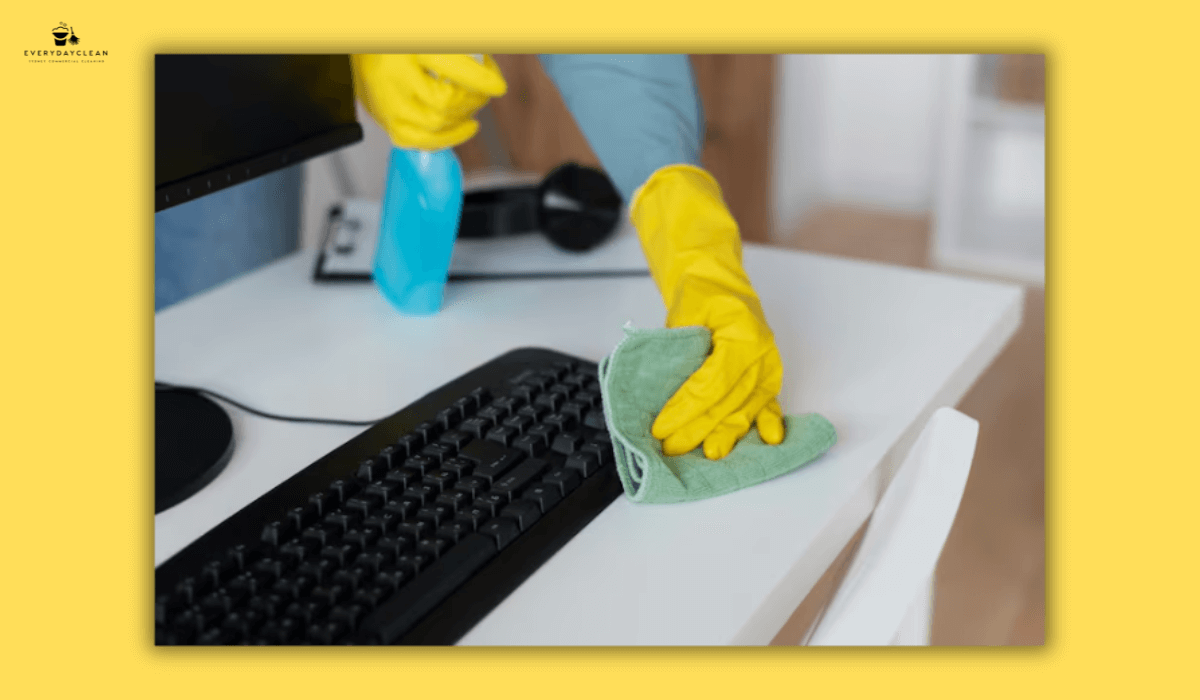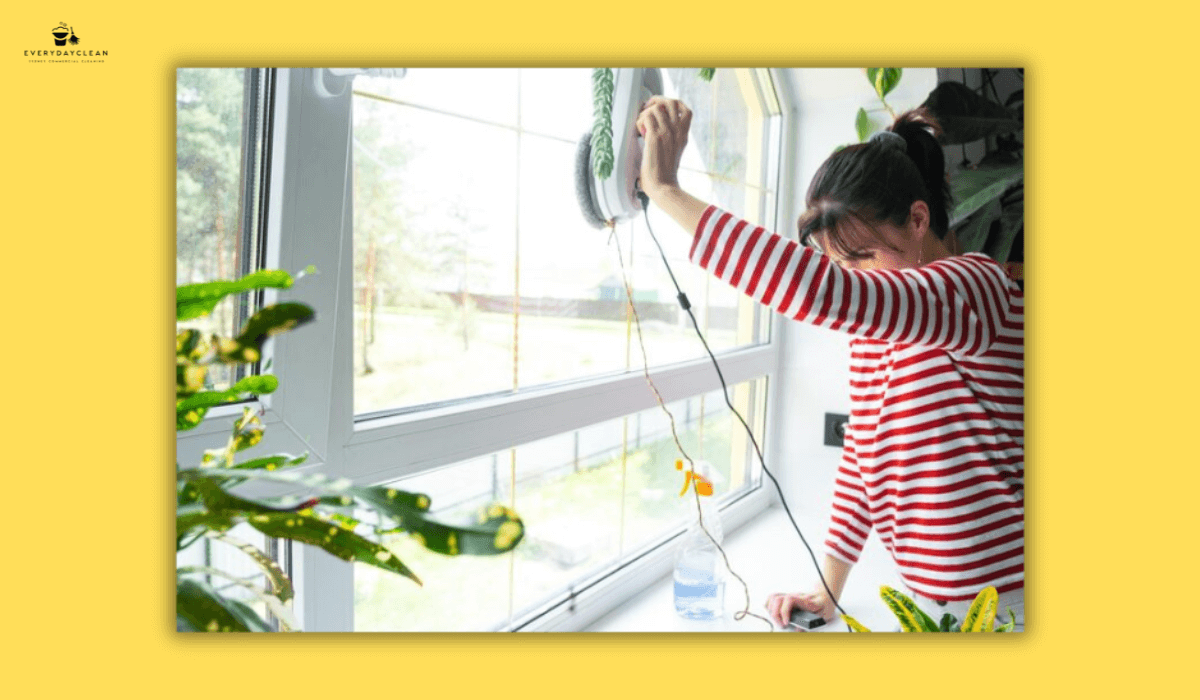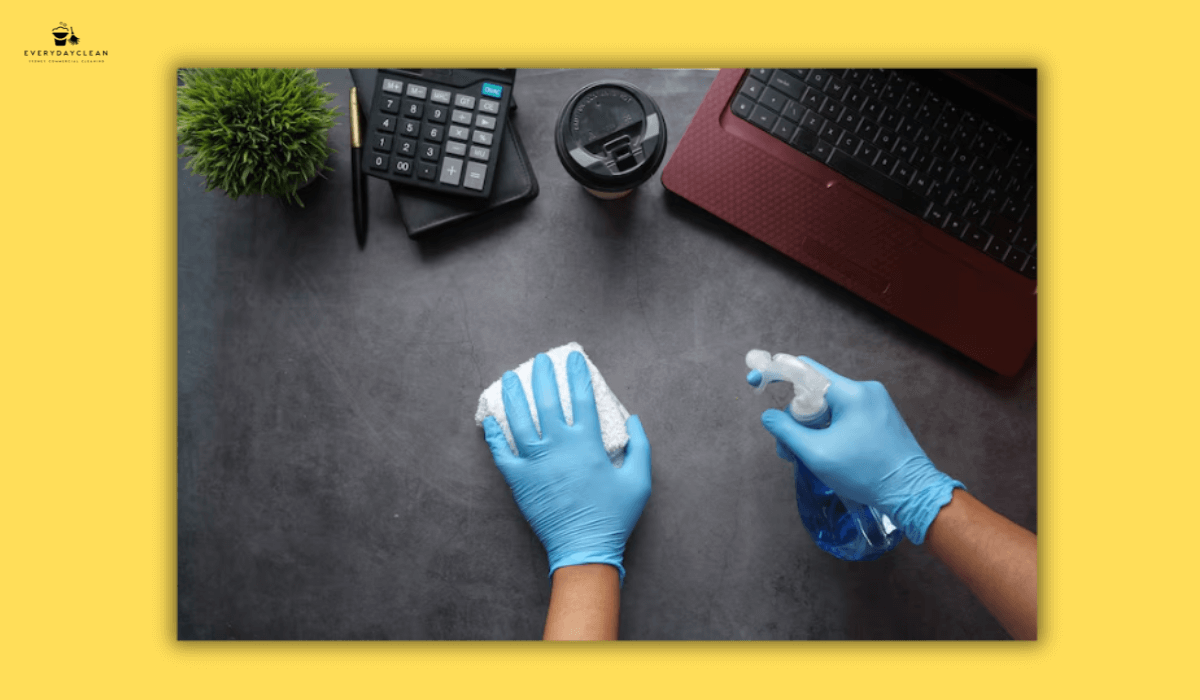7-Step Procedure to Keep Beds of Disabled People Clean
Keeping the bed of a disabled person clean involves a seven-step process that ensures hygiene, safety, and comfort. It begins with preparing supplies, safely removing soiled linens, and disinfecting the mattress and frame. Next, carers must launder bedding correctly, replace clean protective layers, perform daily spot cleaning, and maintain a consistent cleaning schedule. These steps create a structured procedure that prevents infection, controls odours, and supports the dignity and well-being of individuals who spend extended time in bed.
For broader hygiene care routines in disability support, see our guide on cleaning equipment for schools and how cleaning standards can be adapted for different care environments.
Step 1: Prepare Cleaning Supplies and Protective Gear
Before any cleaning begins, gather the required cleaning tools and arrange them within easy reach to minimise disruption to the individual. Maintaining organisation supports workflow and hygiene.
Essential supplies include:
- Disposable gloves and aprons
- Hypoallergenic detergent
- Non-toxic disinfectant sprays or wipes
- Fresh fitted sheets and pillowcases
- Waterproof mattress protector
- Absorbent underpads
It’s recommended to store all supplies in a dedicated container or trolley near the bed. Label items to distinguish them from other household cleaning products, reducing cross-contamination.
Step 2: Remove Soiled Bedding Safely
Wearing gloves, gently remove soiled linen while folding it inward to contain contaminants. Avoid shaking sheets, as this can disperse dust, bacteria, or allergens into the air.
Place used linen directly into a sealed laundry bag. If incontinence is common, line the bed with absorbent underpads that can be changed quickly without disturbing the entire setup. This not only maintains hygiene but also speeds up cleaning in recurring care routines.
Step 3: Clean and Disinfect the Mattress and Frame
After removing bedding, inspect and clean the mattress, bed rails, and frame thoroughly. Focus on crevices and frequently touched areas.
Use a disinfectant spray suitable for both hard surfaces and soft furnishings. Let it sit for the recommended contact time before wiping clean with a microfiber cloth. For airflow or pressure mattresses, consult the manufacturer's instructions to avoid damaging internal components. Ventilate the room well during this step to prevent respiratory irritation.
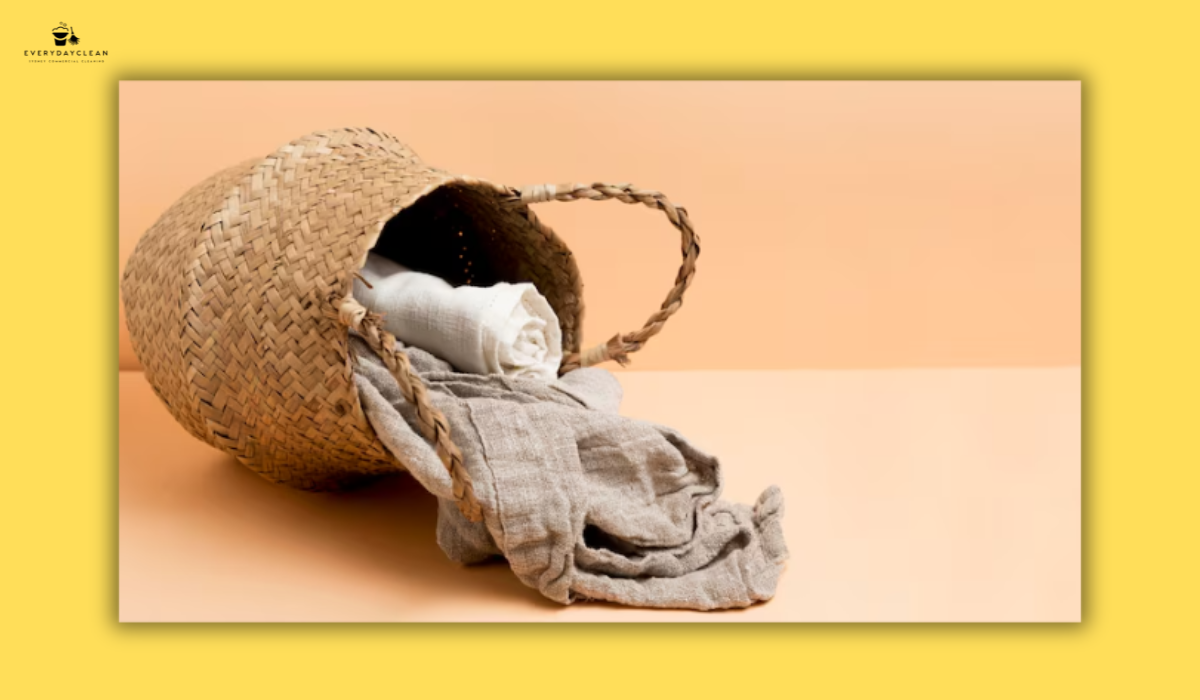
Step 4: Launder All Bedding Correctly
Proper laundry practices eliminate bacteria, dust mites, and odours. Use a hot cycle (at least 60°C) with a gentle, fragrance-free detergent.
If needed, pre-soak items with an oxygen-based solution for stubborn stains. Avoid bleach unless explicitly stated as safe for fabric. Dry linen thoroughly—either in a dryer or sunlight—to prevent mildew. Always discard any fabric that remains damp, stained, or musty after washing.
Step 5: Replace Clean Linens and Protective Layers
Once surfaces are clean and dry, layer the bed from the bottom up. Start with a waterproof mattress protector, followed by fresh fitted sheets, underpads, and pillowcases.
Smooth out wrinkles to reduce pressure points and friction. Use breathable fabrics, especially if the person has sensitive skin or heat intolerance. Keep a secondary set of bedding accessible to respond to incidents quickly without delay.
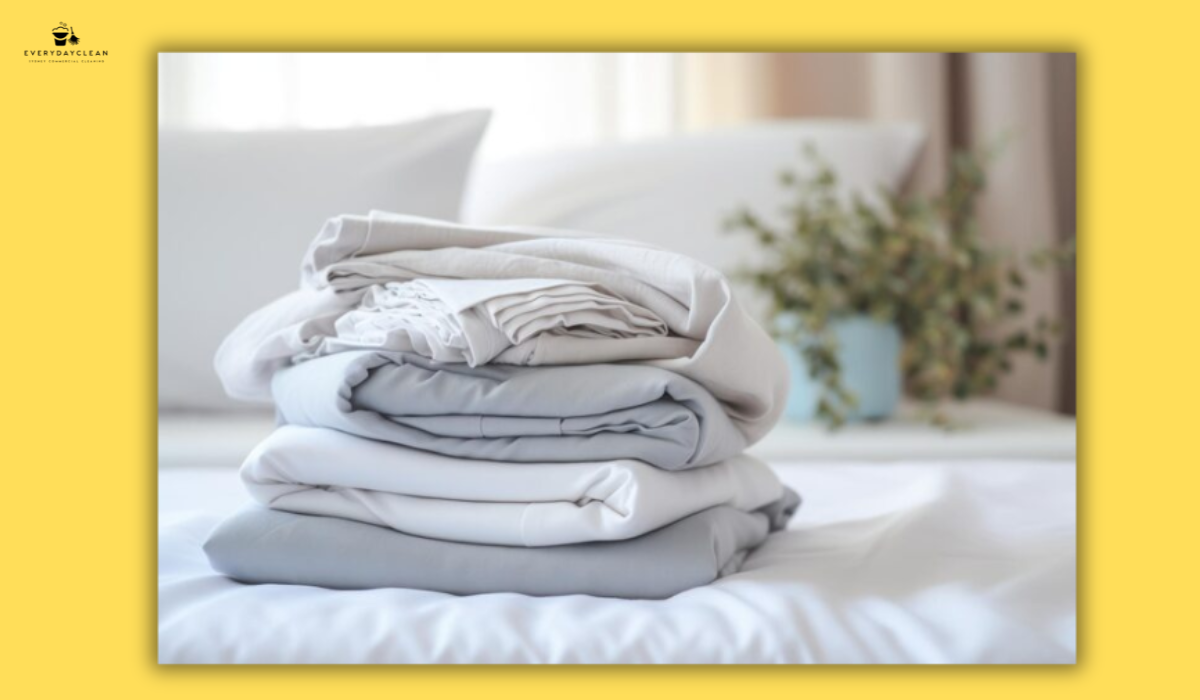
Step 6: Perform Daily Spot Cleaning Between Full Washes
Not all incidents call for a complete linen change. For minor spills or odour control, incorporate daily spot cleaning as a preventative measure.
Use antibacterial wipes or a cloth and spray to address spills promptly. If only the top layer is affected, replace it without disturbing the remaining bed layers. This strategy conserves time, reduces laundry loads, and maintains daily hygiene. Maintain records of any cleaning tasks as part of care documentation—especially for NDIS compliance.
Step 7: Stick to a Regular Cleaning Schedule
Consistency is key. Create a cleaning calendar tailored to the individual’s needs. For those with high care needs or incontinence, inspect bedding daily. For others, a 2–3 day cycle may be appropriate.
Track completed cleans in a logbook or care app. Regularly inspect the mattress and bedframe for wear, stains, or signs of mould. Rotate mattresses periodically and check protective covers to extend the lifespan of bedding materials.

FAQs About Keeping the Bed of a Disabled Person Clean
Routine bed maintenance can raise specific questions. These FAQs provide detailed guidance based on common concerns.
How often should you change bed sheets for a disabled person?
Frequency depends on the individual's mobility and continence. For people who are bedbound or experience frequent incontinence, change sheets daily or after each incident. For others, every 2–3 days is acceptable. Immediate changes are necessary if bedding is visibly soiled or carries an odour. Protective layers like underpads help extend intervals between full bedding changes.
What mattress protectors are best for disability care?
Choose waterproof, breathable, and hypoallergenic protectors. Prioritise machine-washable materials treated with antimicrobial coatings. Soft quilted surfaces with fluid-resistant layers offer a balance between protection and comfort. Avoid thick, non-breathable plastics that may lead to overheating. Seek products that are NDIS-compatible or supplier-approved when applicable.
Can NDIS cover bed cleaning services?
Yes. If a participant’s NDIS plan includes “Household Tasks” or “Assistance with Daily Living” under Core Supports, bed cleaning may be included. NDIA-managed participants must use registered providers. Plan- or self-managed individuals have flexibility in choosing trusted cleaners. Always confirm with a support coordinator or plan manager before booking services.
How do you clean a mattress after incontinence?
Blot liquids immediately using disposable towels. Use a mild vinegar solution or enzyme cleaner to neutralise biological stains. Scrub gently and allow to air dry fully. Follow up with disinfectant spray. Recurrent issues may require investing in an impermeable mattress cover or replacement. Always ensure the mattress is dry before remaking the bed.
What’s the safest cleaning routine for bedbound individuals?
Minimise movement during cleaning. Use slide sheets to adjust position gently. Clean one layer at a time to maintain warmth and stability. Inspect the skin during each cleaning for irritation or pressure sores. Align routines with healthcare guidance and record observations as part of care compliance. Communication with the individual and healthcare team ensures comfort and clinical safety.
Need Help with NDIS Bed Cleaning?
Everyday Clean provides professional, NDIS cleaning services across Sydney. Whether you’re a self-managed participant or working with a support coordinator, our team ensures hygienic, respectful, and fully equipped service tailored to your individual care needs.
Author: Everyday Clean Content Team
Everyday Clean is Sydney’s trusted provider of commercial cleaning solutions, including pools, gyms, offices, and strata properties. Our licensed professionals use advanced, eco-friendly equipment to deliver safe, compliant, and spotless results. With deep experience across Sydney’s hospitality, fitness, and residential sectors, we help facilities maintain inviting, healthy environments that guests trust.
